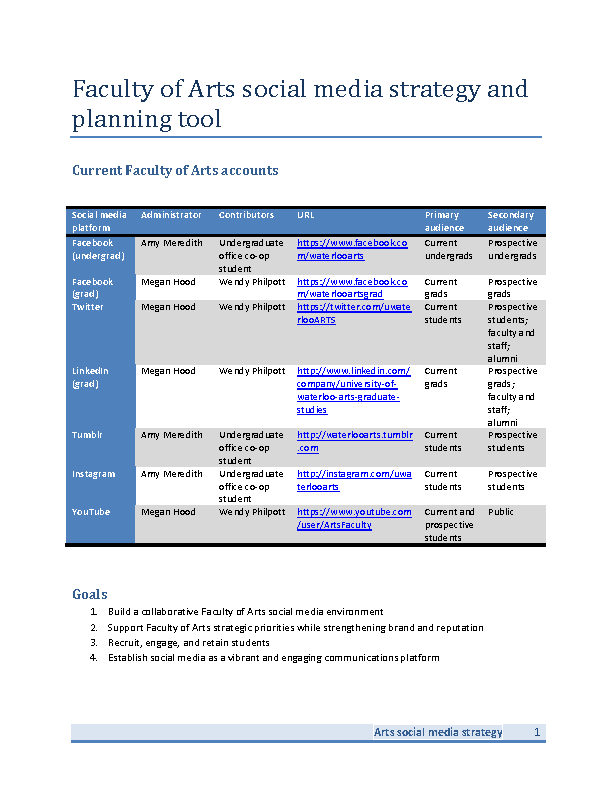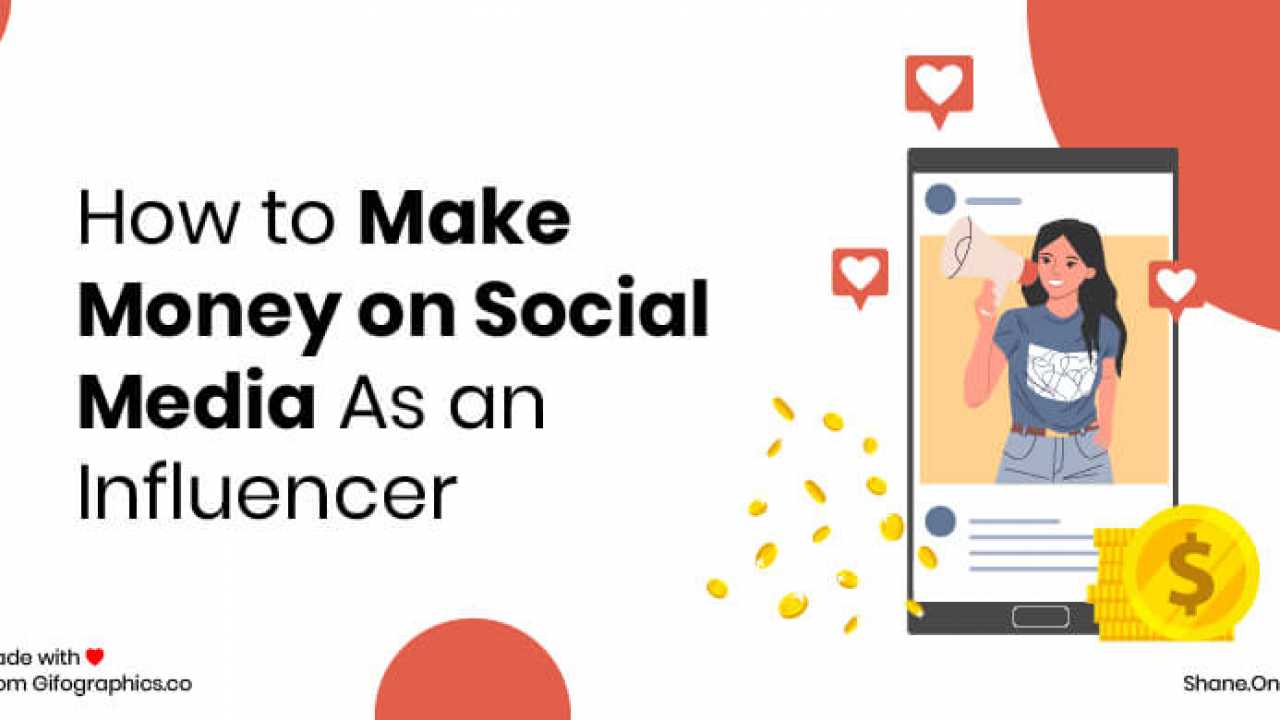
A marketing analytics example will show how to calculate Customer journey metrics. In this article, we'll discuss the definition of this metric, how to calculate it, and how to analyze it. The customer journey is an integral part of any model for marketing analytics. It can be confusing to explain and create but it is crucial to understand what it is. Let's examine a simple example. This metric is used to measure the time taken by a customer for an action to be completed.
Customer journey metric definition
You need to measure the friction that customers experience from the first contact to the final purchase to be able to accurately measure their journey. Some friction comes from switching between different channels and redirecting the customer. Other friction is caused by filling out seven different fields and then receiving an email confirmation. Customer journeys are shaped by friction, and measuring them is crucial to success. Marketing professionals can identify the areas that could be improved by measuring customer journey metrics. Measure how long it takes customers complete the sign-up process.

Next, you need to define the different touchpoints customers experience on your website. Search for your brand in Google and look at Google Analytics to do this. You should then narrow down the most frequent touchpoints, and determine which ones are most influential. If they aren't as frequent or important as you thought, it could be a sign that your customers have a poor experience with your site. Your website may need to be improved if they interact with it at multiple touchpoints.
Calculation of the customer journey metric
A key metric to measure a customer's first interaction with a product or brand is the first interaction. This is how many times customers have encountered your brand or product, and how their overall experience with it. This type of metric tracks how many people have seen your brand or products and how many reach a goal. The customer journey metric in marketing analytics measures performance at various stages of the customer experience.
This metric can be used to measure and analyze each segment's performance in order to determine the success of your company. You'll be able to better understand customer behavior and their expectations so you can determine the best way to improve customer service and ultimately increase revenue. It isn't an exact science but it does help you see where there are opportunities for improvement. You can use marketing analytics to calculate customer journey metrics in order to evaluate your customers' actions and make data driven decisions.
Analysis of customer journey metrics

Marketing analytics should include Customer journey metric analysis. You can analyse the entire customer journey to find out which paths customers follow most often. For example, if a customer is looking for a product and then navigates to the cart page, that person is likely to have completed their entire journey. It is important to identify which of your marketing strategies was most effective in getting them to that page. The first email that a customer receives from you if it isn't responsive will only work if the customer has not navigated to the website.
Although this is a great example marketing analytics, there are other options that could be equally valuable. Campaign management platforms, which track customer behavior, can be used to help improve cross-channel efforts, track performance and increase your marketing budget return. Using customer journey metric analysis can help you improve your ROI and increase your customer retention rates. This type metric analysis will help you make more informed decisions about cross-channel marketing efforts.
FAQ
What is content marketing?
This is a strategy that creates valuable, relevant content for your website or blog. This content can be text, images, or infographics. It helps to keep customers interested and attract new ones.
What's the main purpose of content marketing
Content marketing provides valuable and relevant information to customers. This can be done via email campaigns, blog posts, white papers, and other channels. Delivering value to your audience is the key.
What are the benefits to content marketing?
Content marketing helps drive leads and sales by creating high-quality content. Content marketing offers a steady supply of new, original content that can then be used to promote products or services. Content marketing helps increase brand awareness, trust and engagement among potential customers. Content marketing can also create a positive image of your company.
Why do I need to have a Content Marketing Strategy. Why not send out emails or share social media updates?
Two main reasons you might choose to ignore a Content Marketing Strategy.
-
You might think that email marketing and social media posts are enough to get people talking about your brand.
-
You might think that posting on social media or email marketing is impossible if you haven’t tried it.
Both of these assumptions is incorrect.
Email marketing and social media posts can be great ways to communicate with customers and prospects. They aren't sufficient by themselves.
An email campaign alone won't help you reach your goals. An email campaign alone won't help you reach your goals. It must be part of larger strategies. It won't be enough to just post on social media. They should be part a bigger plan.
This is where a Content Marketing Strategy can help. You can control your entire content creation process by having a clear strategy.
As a result, your time will be more focused on other aspects of your business such as increasing your conversion rates and growing your audience.
Even though Content Marketing Strategy has many benefits, it doesn’t make it easy.
It is important to have a strategy.
Are you looking for content marketing that can be done by one person or a group?
Your ability to pay for it, your skill set and your experience are all factors that will impact the answer. You may need to learn how you can do the job yourself if you don’t want to hire someone.
If you genuinely want to be successful with content marketing, you shouldn't try to do it without some support structure.
An excellent content strategist or agency will help you save time and money, while delivering results quicker.
You won't succeed unless you work hard, consistently deliver high-quality content and keep up with changing trends. It is essential to have a solid content strategy.
What is the best Content Marketing platform?
There are many different platforms out there today. Each one has its pros and cons. Here are some popular options:
-
WordPress - It's easy to setup and maintain. Amazing community.
-
Wix – Setup and maintenance is much easier than WordPress You do not need to have any technical knowledge.
-
Squarespace – Best choice for those with a website.
-
Blogger - A free blogging service.
-
Medium – A place for writers and artists to share their work.
-
Instagram - An image-based platform.
-
LinkedIn - A networking platform.
-
Facebook - A social network.
-
YouTube - Video sharing platform.
-
Pinterest – Image-based platform.
-
Google Analytics - Track visitor behavior.
-
Hubspot: Email marketing software.
-
MailChimp is an email marketing software.
Statistics
- According to our research, brand awareness, attracting traffic, and generating leads remain the key content marketing goals in 2022. (semrush.com)
- Seventy-two percent business to business (B2B) (mailchimp.com)
- This marketing strategy landed Ford a 15.4% conversion rate. (neilpatel.com)
- Content marketing produces 3X more leads per dollar spent. Content marketing costs 62% less than traditional marketing. (criteo.com)
- Progress indicators (0–100%) allow each team member to see how attainable each goal is and understand what remains to be accomplished. (semrush.com)
- An example of an overarching goal could be: "In 2022, we want to achieve a 20% increase in revenue created by organic content and generate 15,000 MQLs with a budget of $30,000." (semrush.com)
- To further show the importance of this, 89% of people have stopped doing business with a company because of a poor experience. (neilpatel.com)
- According to our research, 65% of companies with very successful content marketing in 2021 ran content audits at least twice a year. (semrush.com)
External Links
How To
How to make your videos more awesome?
Video Marketing is one of most powerful tools for Content Marketing. It helps you get closer to your audience, engage them emotionally and build trust. But how can we transform boring into something amazing? Let's take a look at some easy tips!
-
Tell a good story. Storytelling is at the heart of every good piece of communication. Video marketing cannot work without storytelling. It is important to decide what type of stories you would like to tell. Are you looking for something that is entertaining? Educational? Inspiring? People share their stories via social media using photos and videos. Take inspiration from these stories and make your own.
-
Use images. Images are a faster way to convey emotions than words. They allow us to connect with others and feel empathy. Include images in your videos. Images can be added to slideshows, or embedded directly into blog posts.
-
It's easy to share. If you want your viewers to spread the word, make it easy for them to do so. Include sharing buttons for your videos. Add social icons to your slideshows. Add "Share" buttons to your videos, especially if you have a YouTube Channel.
-
Don't overdo it. Over-exaggerating graphics and information can lead to viewers losing interest. Keep things simple. A few striking images are enough to catch attention and keep it.
-
Keep it short. Short videos are very popular. If you want to create a buzz around your brand, try creating bite-sized videos that are only 5 minutes long.
-
Get feedback. Listen to your audience. Ask them about what works for them and what doesn’t. Get the answers and improve your content.
-
Create a plan. When you have completed your first video, start thinking about how you can make more. Can you create a series? You could also create a playlist that only includes the most-viewed videos.
-
Test, test, test. It is not good to publish a video and then discover that nobody has seen it. You should test any video before it is released. See what kind of reactions you get. Then make changes based on those results.
-
Repeat. You can repeat steps 1-8 until your formula is perfect. Once you understand what works, you will be able to make great videos over and over again.
-
Measuring results. It's crucial to measure the success and failure of your videos. How did they perform Is there a certain type of audience that likes watching particular types of videos? These questions will allow you to fine-tune the strategy.
-
You can adjust as needed. Don't stop learning once your video campaign is up and running. You can learn from your mistakes and adjust your plan as needed. The best marketers are always open to learning and improving.
-
Enjoy it. While video marketing isn't difficult, it takes patience. With experience you will discover new strategies, techniques, ideas, and methods to help you grow business.